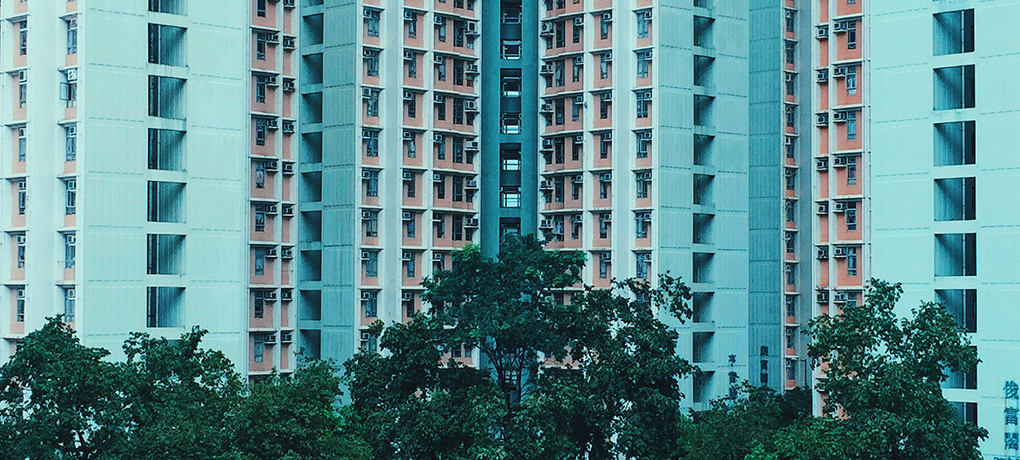ARCHITECTURE OF DENSITY
September 2019
writer: Agata Mayer | images: Kyle Yu

The contemporary Hong Kong is regarded as a city of the future with its futuristic architecture mingling with infinite recurrence of massive, compact and standardized residential complexes dating back to the 60s of the 20th century. Several-dozen-storey blocks of flats designed in the spirit of Le Corbusier with their infinite mazes of claustrophobic flats and rows of identical windows fall within the scope of interest of Kyle Yu.
The tight residential space located in an unfavourable environment far from nature may deprive its inhabitants of identity and promote social pathologies. Despite the landscape transformed by humans, tropical bays and mountainous regions of Hong Kong seem to exist in tune with the everyday hustle and bustle of the concrete jungle. The respect and humility towards nature are values deeply rooted in the Chinese culture, which, however, doubts may arise, when one hears about the powerful economy of China and contamination of natural environment.
Yu was born in Hong Kong – the most vertical city in the world and a place of remarkable contrasts, history and meeting of various cultures and styles. It is here that ideas of the essence of modernity mingle with tradition and collective culture of the East meet individual values of the West. Yu graduated from his secondary school and studies in New Zealand, where his interests included photography effectively combined with his passion for graphic designing.
Colourful high-rise blocks depicted in his photographs create an extraordinary perspective, giving an impression of almost clinical impartiality of the image. Painted eight various colours they sometimes create almost a patchwork pattern as seen from the distance, which perfectly matches the panorama of the city, which is famous for the largest number of high-rise buildings and densest population in the world. Hong Kong is characterised by compact and high architecture and not horizontal development. In the 60s and 70s of the 20th century the city was on the verge of overpopulation. The problem was solved by erection of vast complexes of blocks of flats with high-rise buildings standing next to one another and covering the sky and light and offering residence to thousands of
inhabitants. Looking from the perspective of Polish cities, this solution seems to be quite familiar.
At a first glance sterile and slightly isolated public and governmental residential estates, owing to their characteristic development, gave the feeling of calmness and solidarity and constituted a great step ahead as regards modern planning of residential estates. Awarded numerous times and visited by heads of western states, they attracted not only the attention of developers, but also that of film makers such as Christopher Doyle, Wong Kar-Wai or Michael Bay.
Massive buildings in the form of a square or circle with cut through atria, old playgrounds with painted lines of the already forgotten children’s games and basketball courts located on roofs of buildings and garages give an impression of entering of a completely different dimension and stepping back in time. They were painted pastel colours with various motifs added only to seemingly please
their inhabitants, distracting attention from the formal rigour of extremely tight flats. It is difficult to imagine that the demand for even smaller flats, i.e. nanoflats (referred to as such due to their microscopic area) is still growing in Hong Kong.
In order to depict the famous density of architecture of Hong Kong, similarly to Gursky in „Paris, Montparnasse”, Yu trims contours of photographed buildings on pictures, making them seem even taller, as if stretching beyond the presented frame. Yu arranges them in geometrical compositions of abstract forms that are full of dynamics, strong angles, symmetry and contracting colours. It is clear that
Yu draws both on minimum and conceptual art as well as abstract expressionism, which, in my opinion, makes him contribute to a new trend in the contemporary landscape and topographic photography. He provides a sincere and picturesque record of the slowly disappearing architecture and old buildings, giving such a distinct character to the city. Thus Yu’s taking pictures is one of the ways to
preserve the facilities and create a true record for future generations.
Talking about geometry, urban patterns and architecture of the city, from which YU originates, Yu admitted it to me that depiction of untypical and exceptional architectural facilities falls within all that he likes. And what he likes is striving for an even obsessive symmetry, ensuring that photographed lines are as straight as possible. Sometimes he likes including moving people in the frame,
which provides additional enrichment of the context. The mobile elements marking everyday geometrical patters in the streets and markets of the vibrant centre of the city become a strong symbol of human interference with his surroundings and traces left by people.
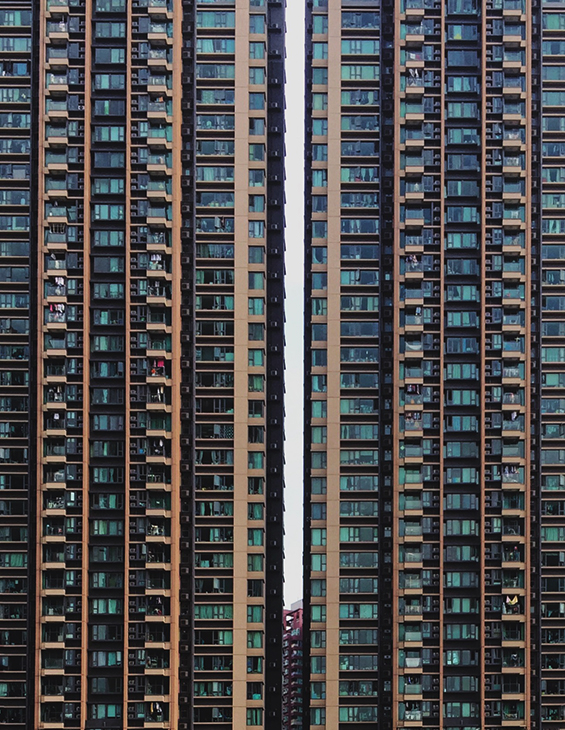
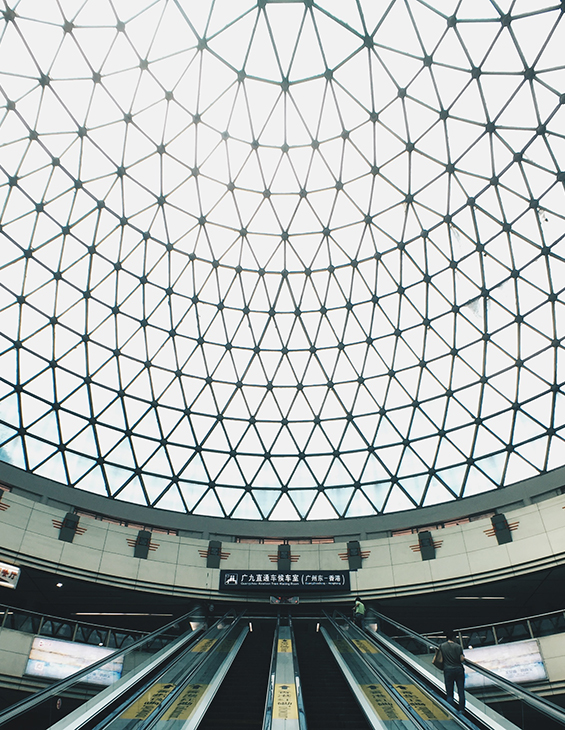
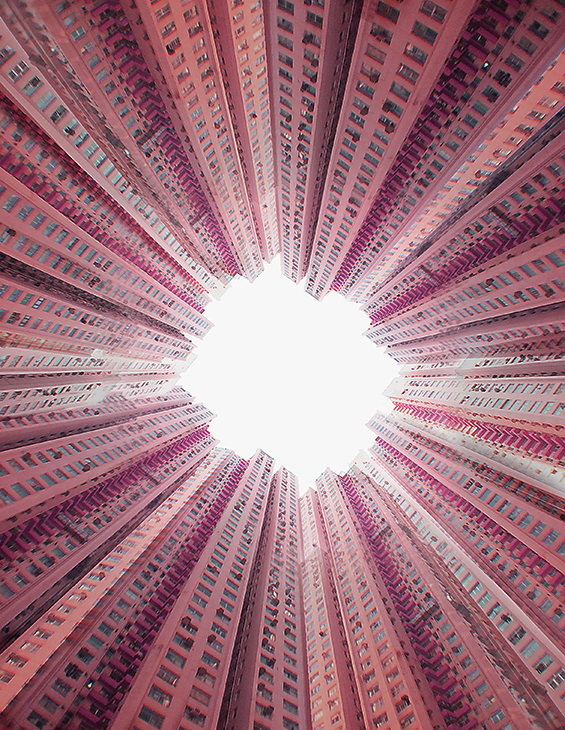
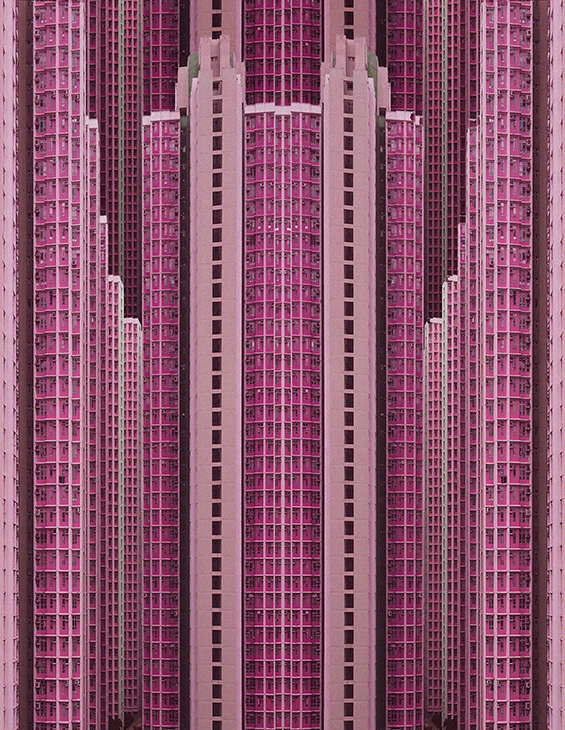
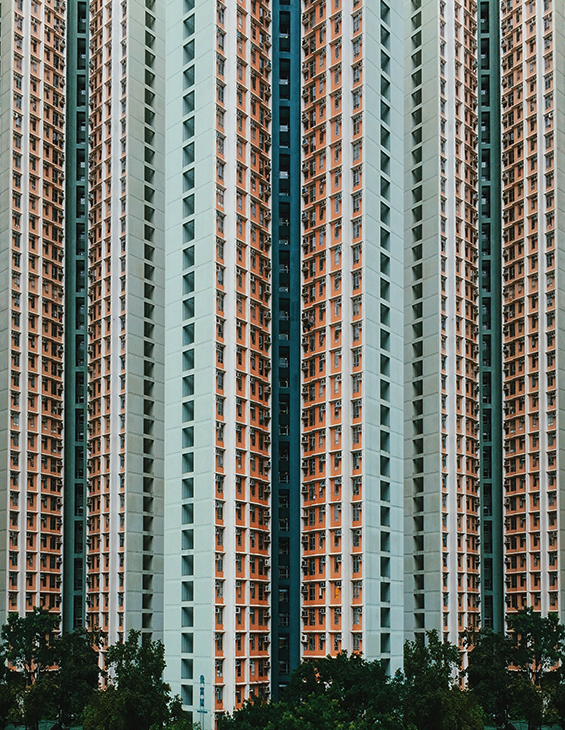
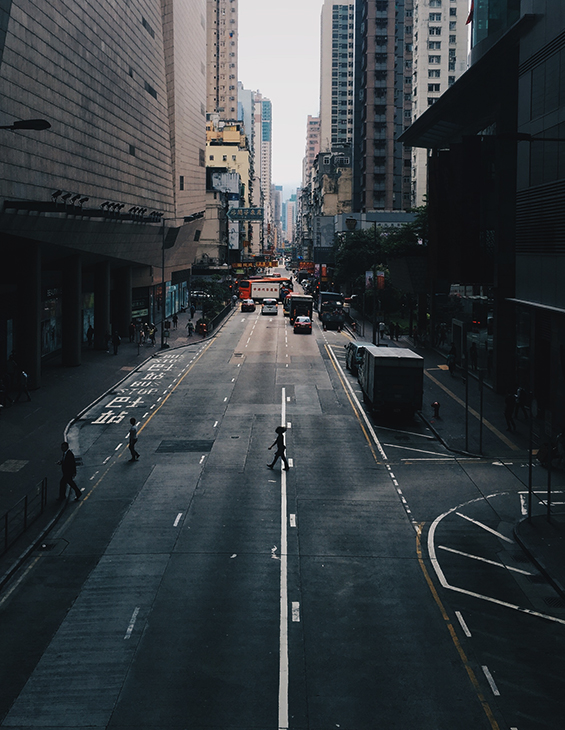
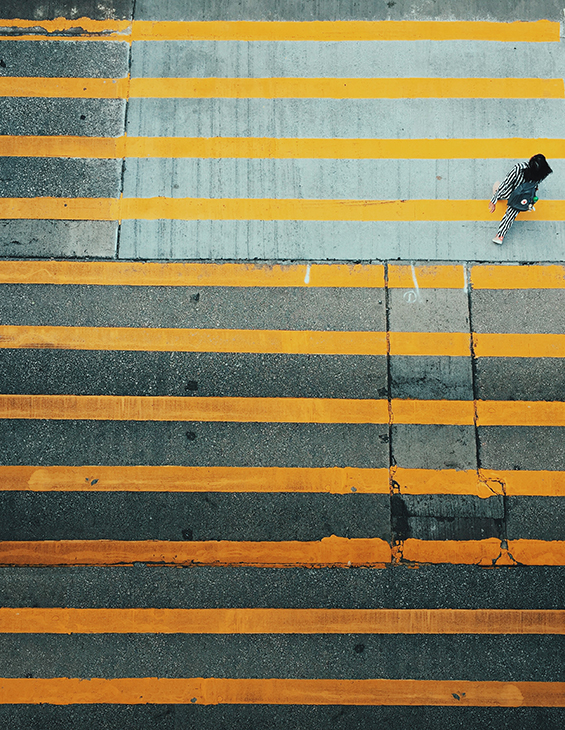
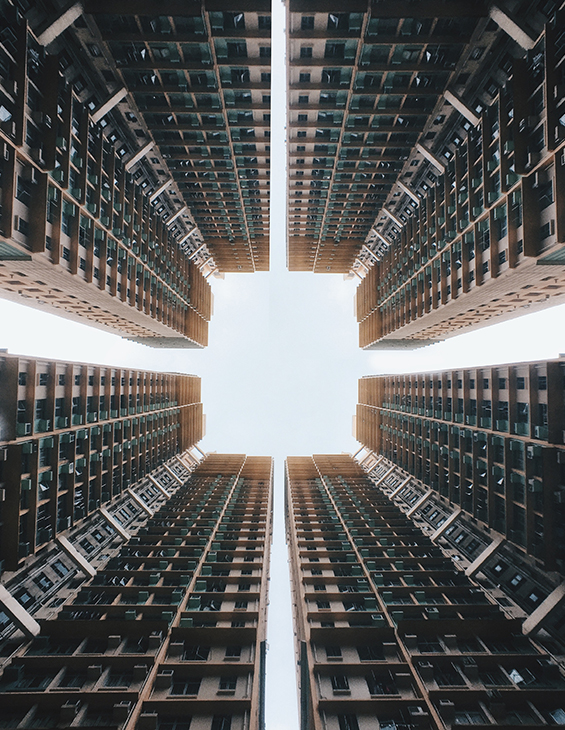
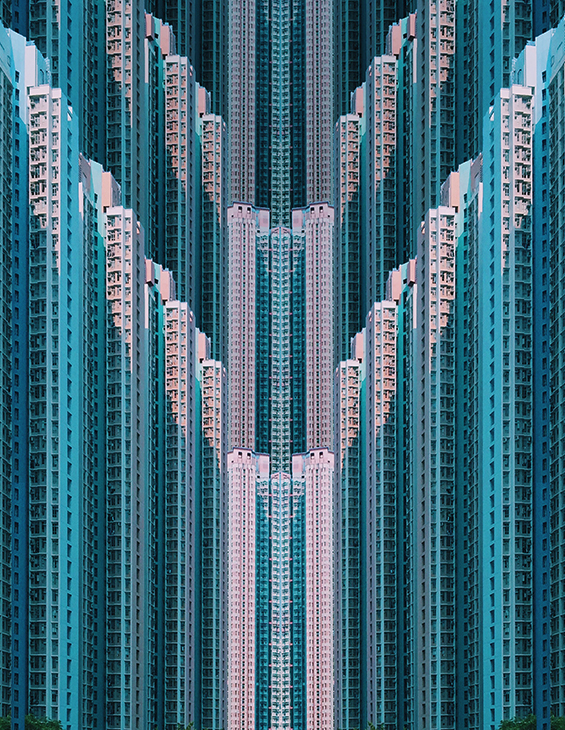

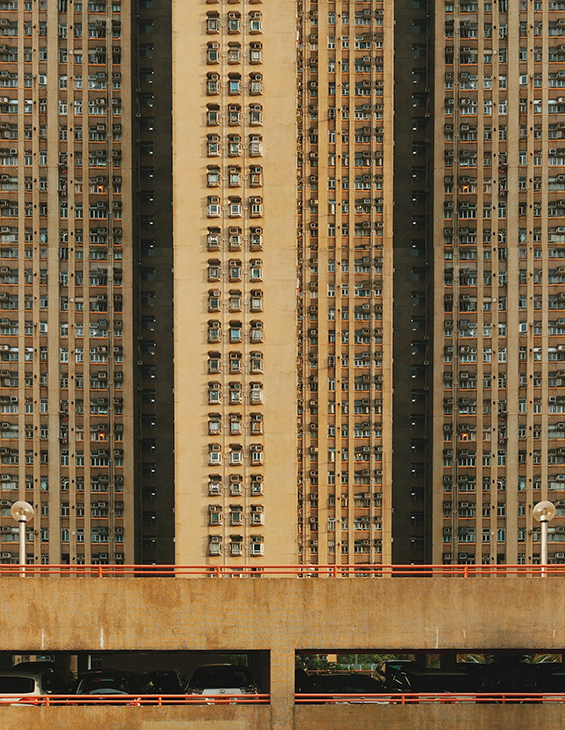
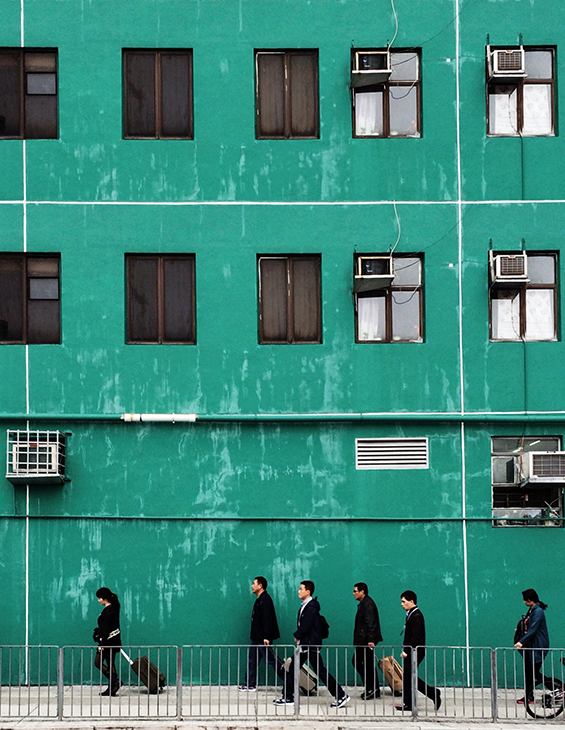
My article was published in the 37th issue of Label Magazine.
